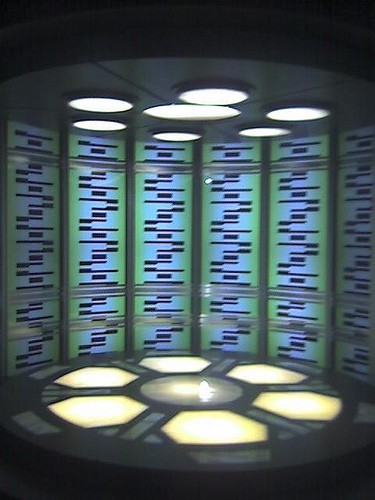Scientists reveal that they have broken the record distance when it comes to quantum teleportation.
Scientists have apparently successfully teleported photons or packets of light spanning a spool of fiber optics measuring 63 miles long which is four times farther as opposed to the prior record. Scientists believe that this new research can lead to a future "quantum internet" that can offer next generation encryption, resulting in the most secure data transfers.
In the world of science fiction, teleporting is often depicted in shows like Star Trek where an object is teleported from one point to another point in the universe without the actual voyage across time and space. In reality however, scientists have been conducting experiments about quantum teleportation since 1998.
The concept of quantum teleportation lies in capturing the fundamental qualities of an object or its quantum states and then instantly sending a transmission of that information from one area to another, in order to recreate the exact object in a different area and space.
Quantum teleportation works in the realm of quantum physics that essentially involves the fundamental building blocks of the universe that can possibly exist in one place or more, at the same time. To date, physicists cannot instantly transport matter or humans but now, they can utilize quantum teleportation to beam data from another place to a different one.
According to co-author of the study Martin Stevens from the NIST (National Institute of Standards and Technology) in Colorado, only more or less one percent of photons can make it successfully all the way through 100 kilometers of fiber, adding that the experiment would have never been as successful without new detectors that can measure incredibly weak signals.
Stevens adds that this advent of quantum teleportation can be a gateway to the development of a "quantum internet" that can allow messages or crucial data to be transmitted more securely. He adds that this can establish communication channels that are more secure than standard encryption protocols that are used everyday online.
This new study is published in the journal Optica.



























